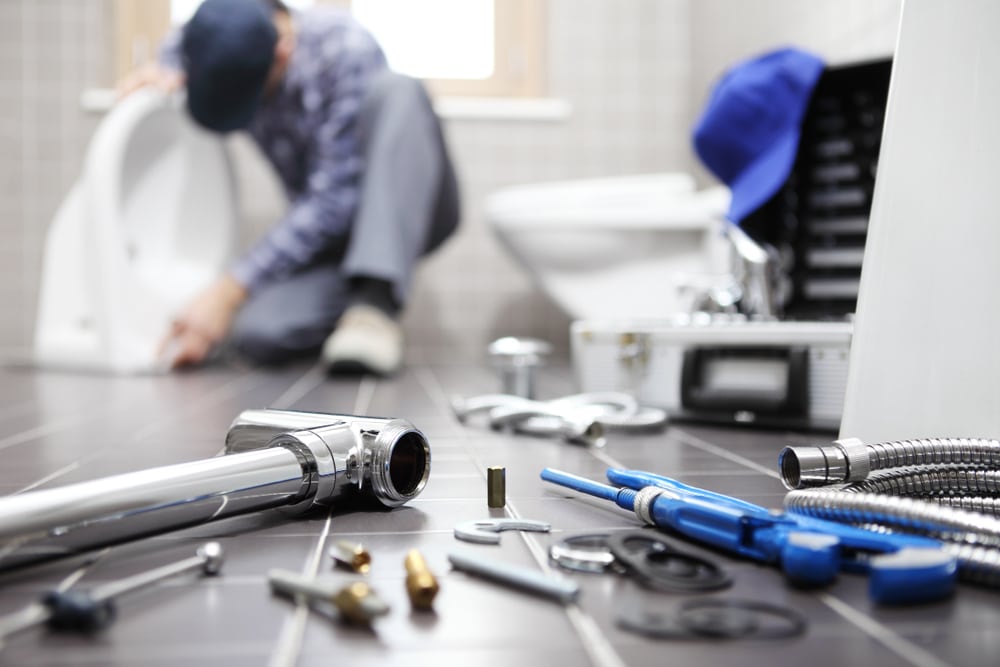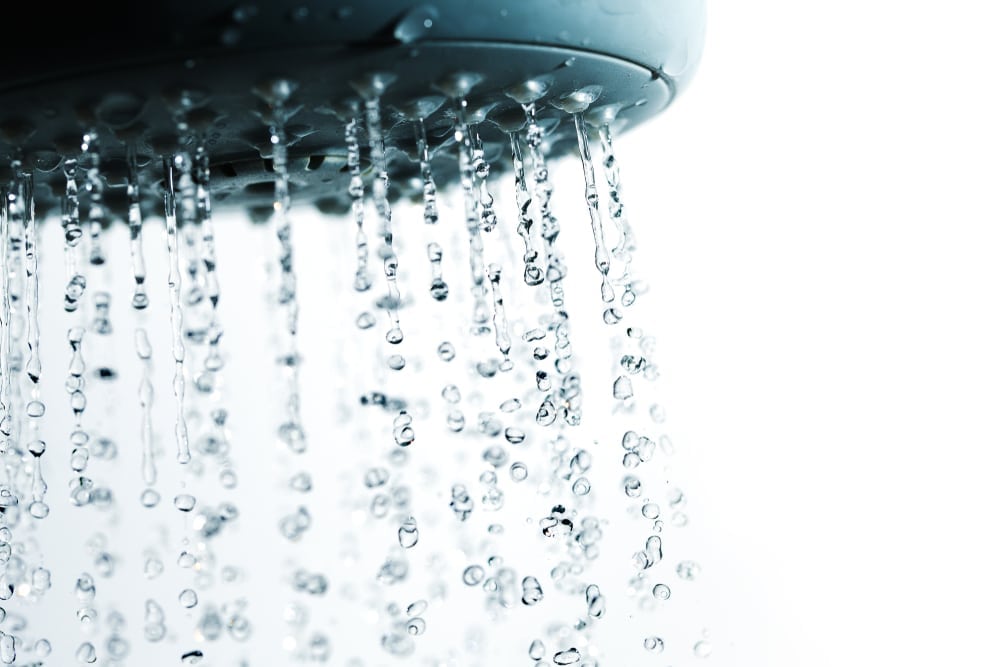It’s a bit of a wonder for some people how a plumber does pipe relining for pipes buried in the ground. It’s even more so for vertical pipes in high rise building.
High rise residential buildings and businesses, naturally, have vertical sewer pipes and vent stacks. This makes it a bit more of a challenge for plumbers in Sydney who are poorly equipped to do the job. However, with G.F. James Plumbing, backed by our decades of experience in pipe relining business, we have kept ourselves abreast of the latest technologies involved in convenient pipe repair techniques.
With vertical pipe relining, there will be no need to tear down walls and floors to locate the damage, and to repair and permanently replace the damaged part. That’s a whole lot of convenience for all the tenants of the building.
How pipe relining is quicker, more affordable and involves less destruction than other pipe repair services
As an overview, pipe relining starts from the roof of the building. There is no need to excavate walls and drywall replacement. There’s even no need for tenants requesting the repair to move their stuff around the home. In most cases, there won’t even be a need for contractors to enter any of the tenant’s units.
Vertical pipe relining are especially more effective during the summer.
How plumbing contractors do pipe relining
Here’s how vertical pipe relining works:
The vertical stacks are thoroughly cleaned with the use of high pressure water jetters. Mechanical wire brushes are also often utilised to prevent flooding in any of the residential or office units within the high rise building.
Plumbers make sure that debris is thoroughly removed and collected from the top to the bottom of the pipe. A special plumbing camera is inserted into the pipe to measure it for accurate pipe relining. A pipe lining sock is cut according to the measurements made.
The pipe lining sock is inserted, along with an odorless epoxy resin, into the pipe. Air pressure is then quickly released into the sock to inflate it against the inner walls of the pipe. It is left for about three hours to dry. The sock is then removed, leaving behind a dried and fully restored inner wall of a pipe that is now more durable and efficient.
For enquiries on residential or business pipe relining, visit G.F. James Plumbing of Sydney at www.GFJamesPlumbing.com.au or call 02 9649 1099.
To know more about the Author : Geoff James








